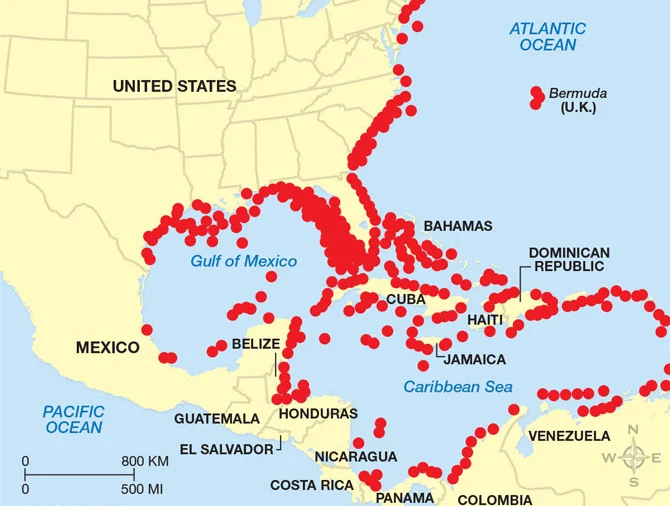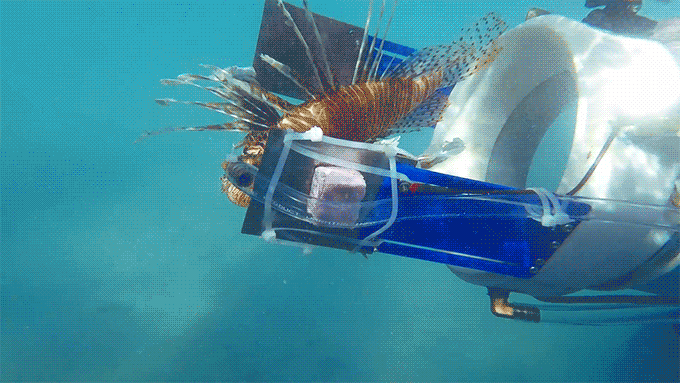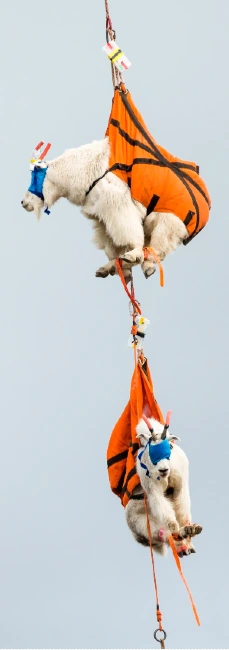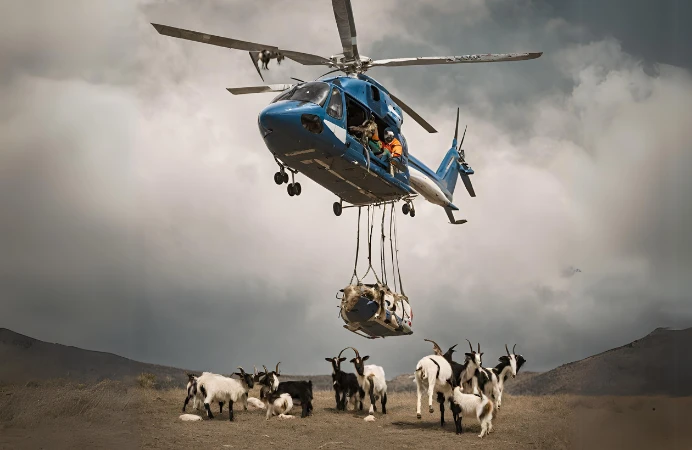In the age of global connectivity, it’s not just ideas and cultures that traverse borders; sometimes, it’s entire species. When these foreign creatures land in new territories, they can become invasive species, disrupting local ecosystems with their unchecked presence. Addressing these ecological interlopers often requires out-of-the-box thinking, and over the years, we’ve seen some truly bizarre yet ingenious strategies come to life.
Let’s dive into five of the weirdest ways humanity has fought back against invasive species.
1. Parachuting Poisonous Mice in Guam

In the 1940s, the brown tree snake hitched a ride to Guam, likely on a U.S. military plane. With no natural predators on the island, the snake population exploded, devastating local bird species, and throwing the ecosystem off balance.
The U.S. Government’s creative solution? Air-dropping dead mice laced with acetaminophen – yes, the active ingredient in Tylenol – over the jungles of Guam.
These mice, equipped with miniature parachutes, dangle temptingly in trees, where the snakes find and eat them, leading to their demise. A child’s dose of Tylenol, about 80 milligrams, is enough to lethally disrupt the snakes’ oxygen transport in the blood.
2. Lionfish: From Aquariums to Underwater Vacuums

The lionfish, an Indo-Pacific native, likely entered the Atlantic as released pets. With their venomous spines and voracious appetites, they’ve become a real problem, decimating local fish populations and indirectly harming coral reefs.
Enter the unexpected hero: the CEO of iRobot, creators of the Roomba, now owned by Amazon.com. They developed deep-sea robots to hunt these predators, stunning them with an electric zap and then vacuuming them up. These robots can reach depths where human divers can’t, offering a high-tech solution to this underwater menace.

3. Backpack Electrofishing for Brook Trout

When Eastern U.S. brook trout invaded the Upper Missouri River Basin, they pushed out native trout species. The solution? Backpack electrofishing. Researchers wade into rivers with backpack-mounted electric generators and positive-charged wands. When they unleash an electric burst, the fish are stunned and float to the surface, where they’re scooped up. The invasive trout are separated for meals, and native fish are returned to the water, all without harming the surrounding environment.
4. Airlifting Addicted Goats
In Olympic National Park, Washington, invasive mountain goats developed an odd addiction to human urine and sweat for its salt content. Their presence and peculiar tastes started to harm the local flora.
The solution was as dramatic as it was effective: airlifting these goats to their natural habitat in the Cascade Mountains.
The animals were blindfolded, put into specially made slings and airlifted to a staging area in the park. They were examined, collared with a tracking device, given fluids and then began a journey by truck and ferry to another area in the North Cascades.

5. The Judas Goat of Isabela Island
On Isabela Island in the Galápagos, invasive goats had devastated local plant life. After reducing their numbers significantly through aerial shooting, scientists tackled the elusive remaining goats with a cunning plan. They used “Judas goats” – sterilized females chemically altered to appear perpetually in heat. Fitted with trackers, these goats led researchers straight to the remaining population, which were then eradicated, leaving the Judas goats to live out their lives in solitude.
More To Discover
Our Role In The Battle
While we may not all have access to fish vacuums or snake-targeting drones, we can still play a part in preserving our ecosystems. Simple acts like cleaning our shoes after hiking or planting native species in our gardens can make a difference. And, of course, there’s always the easiest method of all… eat them!
These wild tales of ecological defense remind us of the delicate balance of our ecosystems and the creativity sometimes required to maintain it.



















